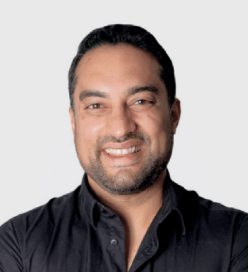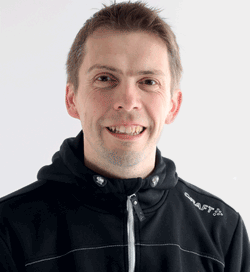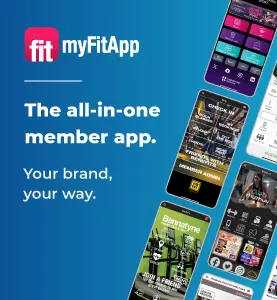What does Alliance Leisure see when confronted with a tired old leisure centre that needs help?
We see space, opportunity and capacity to generate new and improved revenues from activities which have a greater relevance to local communities You’ll probably hear me say this more than once, but we’re dedicated to recognising the art of the possible, and making it a reality for clients.
We view the physical space in an objective way, carving it up and planning every sq ft in the most efficient and financially viable way, whilst staying true to the objectives of providing facilities to all sections of the community.
But we also look to create inspiring spaces within these parameters. Clients may be wary at the beginning, constrained by preconceptions. It’s our job, through on-the-ground research and conceptualisation, to show them an exciting yet practical way forward.
How do you begin to conceptualise a leisure scheme?
After an initial meeting we’ll go off to start a desktop scoping of the project, such as looking at demographics, commissioning a latent demand report, conducting a mystery shopper, etc. For the visuals, we’ll develop a block plan, which is similar to a mood board, with different layers of imagery and statistics, to start to give a much clearer idea to the client of what they could have.
Is this the point where you really get to ‘wow’ the client?
It would be very easy at this stage to give a really show-stopping presentation, displaying all the amazing things a client could have in their project. But we always start from the realistic viewpoint of what they can really afford and then conceptualise possible schemes from there. The last thing we want to do is take clients too far down a path before they realise they can’t afford to go through with it.
How is your visualisation package used at this stage of the process?
Obviously we intend it to inspire the client, some of whom might have been a little sceptical about our proposals up to this point. It’s not just to show them how a finished scheme might look, but demonstrate in real terms how it will work along the way, how it will be funded and delivered.
That said, the visuals we put together can have a powerful and persuasive effect when clients present them to the various stakeholders, to engage their interest and support. They also assist greatly with media relations.
Do you also attend these local meetings?
As a partner at the beginning of a process, we always prefer to be at these meetings as we’re better placed to answer the many questions there may be at the early stages of a planned leisure development.
We find that very often, stakeholders are much more responsive to well presented visuals, and we do this through block designs, 3D graphics, videos and presentation skills.
Many people understand and respond to imagery and visual techniques in a much more positive way than they do to the numbers and financials.
What other methods do you use to communicate a concept?
The best way for clients to visualise a scheme is to take them to one of our competed projects, and really show them what can be achieved.
For example, if we’re talking about putting in a spa for a leisure centre many of them still have an image of soggy old local authority saunas, whereas the spas we develop for the public sector are every bit as luxurious as a private spa.
The spa we developed for Deeside Leisure Centre replaced a dark, disused nightclub space. In terms of what the client thought they could achieve with this space, and what we delivered, I’d say it was probably off the Richter scale.
What about client feedback?
If they’re looking at the conceptualised plans and asking if a door can be moved three feet to the right then we’re very much on the wrong track! That’s for much further into the feasibility process.
At this early stage, it’s about gaining confidence that a scheme can be done at all. As it progresses, the plans develop and are modified to reflect the outcome of the feedback process. Local knowledge always informs the process.
How long does this stage of the project take?
It depends on the client and what stage they’re at when we meet. For 80 per cent of clients we’ve already completed several projects, and so they’re familiar and comfortable with the process.
We deliver the project in bite-sized pieces, so the client has the chance to digest and evaluate each stage. Although the end result is often exactly what they didn’t know they needed!























































